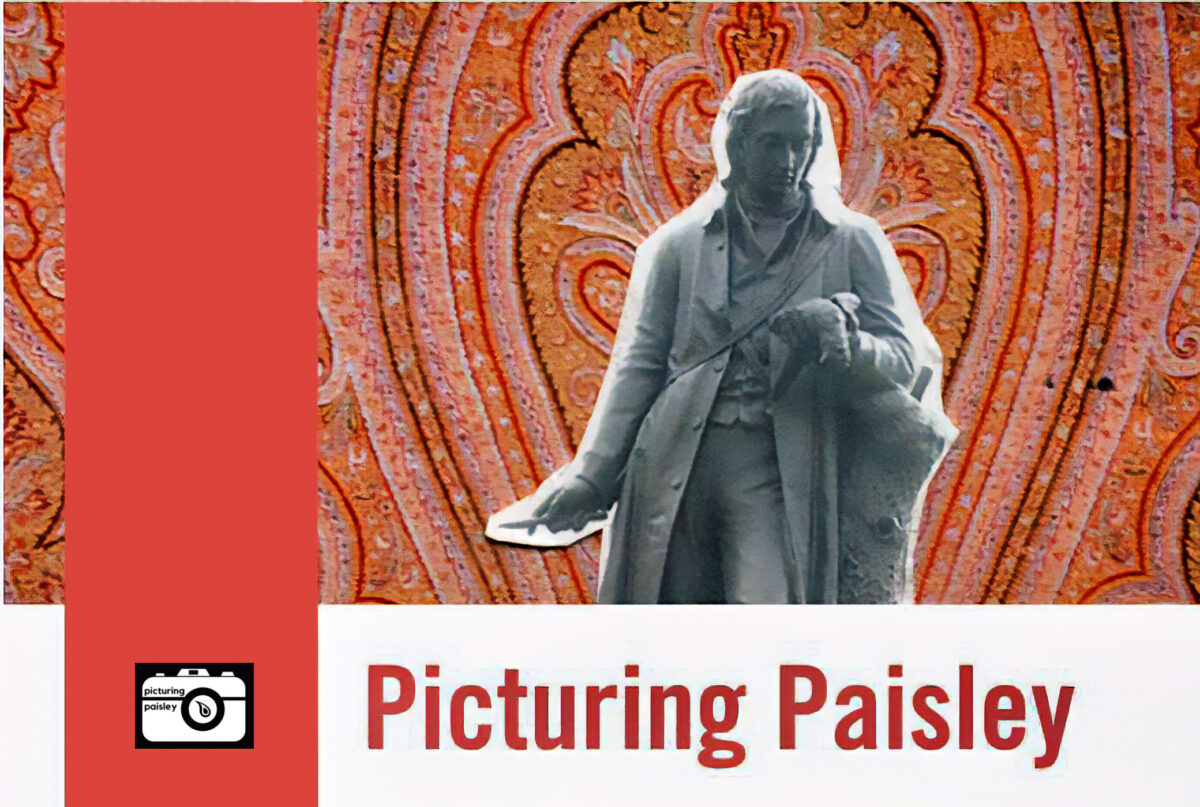Hi, I’m Carole Gledhill from the Picturing Paisley group.
I love being part of this group, as everyone has a different approach to their photography. We are always learning from each other, and we all like to explore new ideas. A couple of years ago, I attended a 1-day course on Cyanotype, and I was immediately hooked!. The traditional cyanotype is a camera-less photographic process, first discovered in 1842 by Sir John Herschel and made famous by his botanist friend Anna Atkinson. This is how it works:
Two chemicals are mixed to create a light-sensitive solution. Paper or fabric can be coated in this solution and left to dry in the dark. Prints are then made by placing objects on the coated surface and exposing them to UV light, either the sun or an ultraviolet lamp. The exposed surface is then processed by washing in water, after which the wonderful Prussian Blue colour will appear, while the image of the object will appear white or various shades of blue.
I enjoy exploring this process and find it works well with botanical specimens, lace, feathers—anything that will allow some light to pass through. By adding substances that interfere with the process, such as vinegar, soap bubbles, turmeric, salt, etc., a wider range of colours can be achieved. This is known as the wet Cyanotype method, and the results are much more unpredictable!
I’m now dipping my toe in the water in terms of submitting my work to various exhibitions, with some success. You can view 3 of my cyanotypes in the forthcoming exhibition, The Teardrop Explodes, throughout May & June in The Art Department, Causeyside St, Paisley, and a wider range of my cyanotypes can be seen on my Instagram account, @the_blue_herbarium. Thank you for reading!




